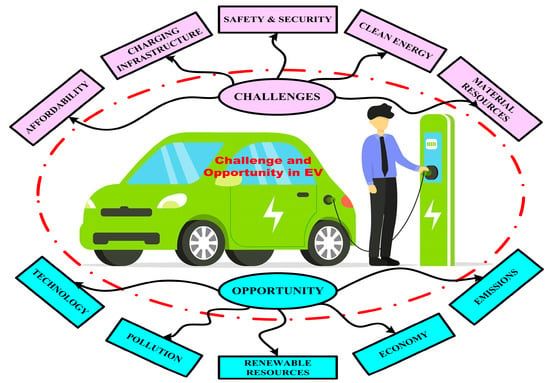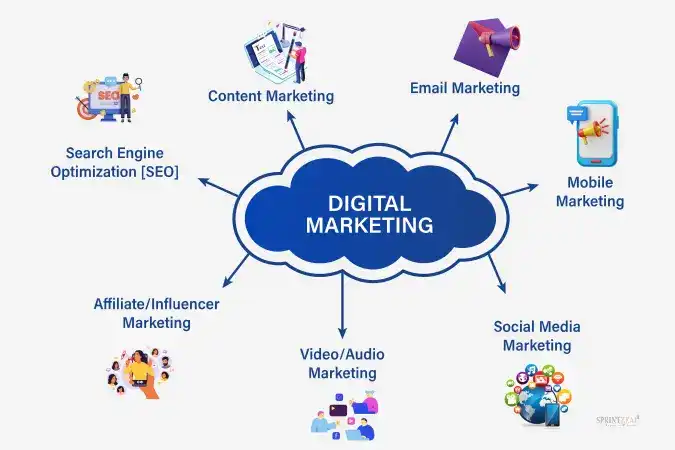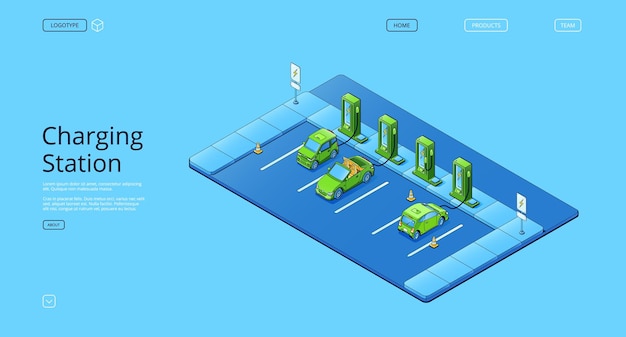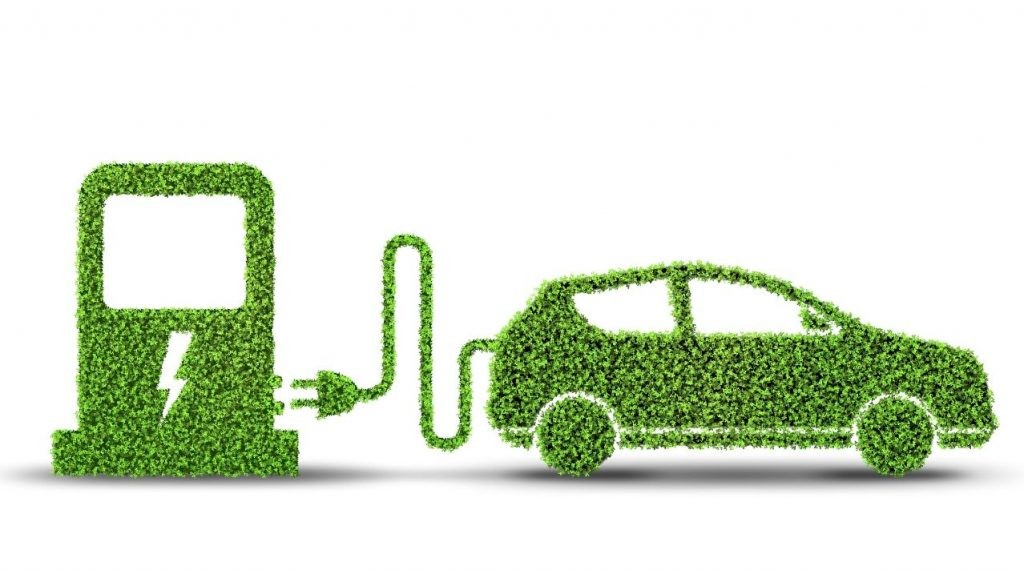How EV Infrastructure is Changing Land Use Patterns
Mia Anderson

Photo: How EV Infrastructure is Changing Land Use Patterns
The proliferation of electric vehicles (EVs) has sparked a transformation in how cities, suburbs, and rural communities plan and utilize their land. As governments, businesses, and individuals embrace clean transportation alternatives, the demand for EV charging stations and related facilities grows at an unprecedented pace. Alongside this expansion comes a seismic shift in how planners and developers approach urban design, real estate investments, and public infrastructure. In many regions, gas stations are no longer the only refueling hubs people seek instead, EV charging points have emerged as vital installations that need to be conveniently located, environmentally friendly, and functional.
This shift in mobility extends beyond environmental considerations. It is influencing how land is allocated in both densely populated cities and less-populated rural areas. Developers, investors, and policymakers are grappling with questions about where to build charging stations, how to retrofit existing buildings, and what changes in travel patterns might look like in the future. In this article, we delve into the history of EV infrastructure, explore its growing significance, and examine how it is reshaping land use patterns in diverse communities.
Background: A Shift Towards Electrification
Over the last decade, the conversation about sustainable transportation has intensified due to environmental concerns, fluctuating fuel costs, and advancements in battery technology. Traditional internal combustion engines contribute significantly to carbon emissions, making the widespread adoption of EVs a potentially powerful strategy for reducing global greenhouse gases. Governments around the world have recognized these benefits and begun providing incentives such as tax rebates and access to carpool lanes to encourage the purchase of electric vehicles.
Simultaneously, the private sector has jumped on board, offering innovative business models for charging station installations. These combined efforts have, in turn, driven an upsurge in EV ownership, compelling cities, landlords, and even rural communities to rethink their land use in ways that support accessible charging infrastructure. What began as a niche market has now grown into a robust ecosystem in need of strategic planning and design.
The Rise of EV Infrastructure
Public Charging Stations
One of the clearest indicators of EV infrastructure’s growth lies in the increasing number of public charging stations. These charging points can be found in shopping centers, parking garages, and along highways. While many early adopters of EVs relied primarily on home charging setups, the public sector has stepped in to fill any gaps for those who do not have private garages or dedicated parking areas.
Cities have begun partnering with businesses to install chargers in retail locations, restaurants, and entertainment venues. This not only makes EV use more convenient but also influences how land is utilized. Parking lots, for instance, are being redesigned to include dedicated EV spots, complete with designated signage and the necessary electrical hookups. This trend reflects a broader move toward supporting multi-modal transportation and ensuring that communities are prepared for the next wave of automotive innovation.
Private Charging Initiatives
In addition to public efforts, private enterprises are investing heavily in EV infrastructure. Large corporations are incorporating charging stations into their facilities to accommodate employee vehicles. Apartment complexes, homeowners’ associations, and commercial real estate owners are also seeing the value in offering charging points. These additions can increase property values, attract environmentally conscious tenants, and provide a competitive edge in the crowded real estate market.
Moreover, private partnerships with EV charging networks further enhance access. Developers who are forward-thinking often integrate charging units into new housing projects, retail parks, and office complexes. In doing so, the private sector effectively shapes how land is divided and purposed, driving a synergy between economic opportunities and environmental accountability.
Impacts on Urban Landscapes
Changing Parking Paradigms
Traditional parking structures were designed around the needs of vehicles reliant on fossil fuels. However, EVs introduce new considerations for developers, such as ensuring parking lots have adequate electrical capacity, upgrading transformers, and installing fast-charging stations. Retailers and commercial property owners are rethinking how many spaces to dedicate to charging points, balancing the goal of customer satisfaction with the cost of installation.
Additionally, local governments are revising parking regulations to accommodate EV drivers. Some cities now mandate that a certain percentage of new parking spaces include EV charging facilities. This shift alters not only the physical design of parking areas but also the broader public perception of what an automobile-centric space can be. As more drivers switch to electric mobility, parking structures equipped with chargers may become standard, further integrating EV-friendly layouts into the urban environment.
Real Estate Development
With the expansion of EV infrastructure, commercial and residential developers are realizing that properties with built-in charging amenities hold a distinct market advantage. Buyers and tenants increasingly seek convenience, and being able to plug in an EV without traveling to a separate station can be a decisive factor in their choice of residence or workplace. This is especially relevant in high-density areas where home garages are limited.
Real estate projects that incorporate on-site charging stations often see higher demand and command premium rents. This market trend not only influences building designs but can also extend to planning communities around centralized charging stations or so-called “EV hubs.” As a result, developers are pushing the boundaries of how residential complexes, office blocks, and mixed-use developments can serve the growing population of EV owners.
Remote Communities and New Opportunities
While EV adoption is often associated with urban areas, remote communities and rural towns are also experiencing transformation as they adopt electric transportation. The arrival of charging stations in these regions can spur local economic development. By providing easy EV access to travelers passing through, small towns may see increased foot traffic in restaurants, shops, and tourist attractions.
Furthermore, rural areas that historically depended on traditional fuels can diversify their infrastructure by incorporating renewable energy sources, such as solar or wind power, to support EV charging. This approach fosters a more self-sufficient and eco-friendly energy framework. In turn, the placement of charging stations in out-of-the-way locations impacts land use by redefining how people travel, where they stop, and how businesses operate along once-neglected routes.
Environmental and Economic Considerations
The widespread adoption of EVs comes with a series of environmental and economic implications that influence land use. From an environmental standpoint, the transition to electric mobility helps reduce air pollution and carbon footprints. However, it also necessitates thoughtful planning regarding power grid capacities and the environmental impacts of manufacturing batteries. Land designated for charging installations might need to include renewable energy sources or energy storage solutions to avoid over-reliance on conventional power grids.
Economically, installing EV infrastructure can be expensive in the short term. Developers and municipalities often face sizable upfront costs associated with site assessments, permits, and construction. Yet, the long-term benefits from boosting property values to driving more foot traffic in local businesses often justify these investments. When done right, community-focused EV infrastructure plans can make neighborhoods more desirable and support broader sustainability goals, all while shaping land use in line with current and future travel patterns.
Conclusion
The evolution of EV infrastructure is more than just an addition of plugs and wires it represents a landmark shift in how society values sustainable transportation, convenience, and long-term environmental responsibility. As the network of charging stations expands, planners and developers must remain adaptable, ensuring that urban, suburban, and rural land use choices align with the increasing demands of electric mobility.
From reimagining parking structures and prioritizing EV amenities in real estate projects to nurturing growth in small towns, the effects of EV infrastructure on land use patterns are profound and multi-faceted. Forward-looking policies and investments will be crucial in helping communities strike a balance between immediate needs and future aspirations. By carefully managing infrastructure and land allocation, society can pave the way for a truly sustainable and convenient era of transportation one that benefits both present-day travelers and generations to come.
Marketing
View All
January 19, 2025
How to Master Digital Marketing BasicsLearn the essentials of digital marketing in this beginner-friendly guide. Kickstart your journey with step-by-step strategies. Start mastering today!
Mia Anderson

January 25, 2025
Email Marketing in the Digital AgeUnlock the power of email marketing with modern strategies tailored for the digital age. Connect with your audience like never before!
Mia Anderson

January 21, 2025
Why Digital Marketing is Vital for SMBsDiscover why small businesses must adopt digital marketing in 2024. Learn tips and tactics to compete in the digital age. Take your business online today!
Mia Anderson
Entertainment
View AllDiscover proven strategies for monetizing your blog in 2024. Learn how to boost revenue effectively. Read now for actionable insights and start earning today!
Mia Anderson
Discover top tips on streaming your favorite films legally & safely with our guide - click now, don't miss out!
Mia Anderson
Unlock the secrets of modern screenwriting with our expert tips and techniques. Start crafting compelling scripts today click to learn how!
Mia Anderson
Discover the latest trends in cinematic universes for 2024. Explore how interconnected storytelling is evolving and its impact on modern media. Learn more now!
Mia Anderson
Automotive
View AllExplore cutting-edge innovations shaping EV charging infrastructure and making electric vehicles more accessible globally.
Read MoreExplore resale value trends for electric vehicles and what buyers can expect when selling their EV in the future.
Read MoreLearn how electric vehicles (EVs) help reduce greenhouse gas emissions and combat climate change. Discover the environmental benefits!
Read MorePolular🔥
View All
1
2
3
4
5
7
8
9
10
News
View AllOctober 14, 2024
2024 Vaccination Updates: What You Need to Know for Flu & COVID-19 Protection
Read MoreTechnology
View All
December 7, 2024
Top 10 Smartphones with the Best Battery Life in 2024
Say goodbye to battery anxiety! Discover the top 10 smartphones with exceptional battery life. Click to explore and stay charged all day.

December 12, 2024
The Ultimate Tech Deals You Need to Grab Before They Disappear in 2024
Don't miss out on the hottest tech deals of 2024! Click to discover limited-time offers and save big on gadgets.

December 16, 2024
How to Upgrade Your PC for Under $500 – Best Components for 2024
Upgrade your PC on a budget! Discover the best components for 2024 to enhance performance. Click to learn more and build your dream PC.
Tips & Trick





















